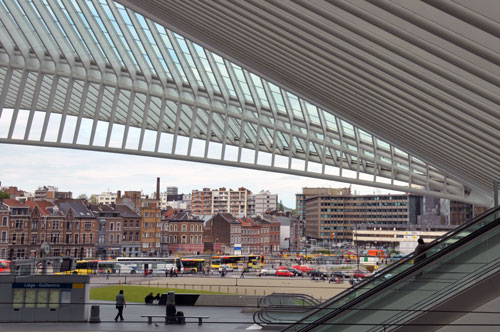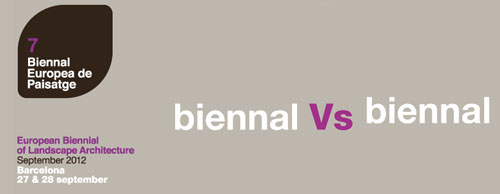 Museum aan de Stroom (MAS), meaning as much as riverside museum, is the new heart of a formal dock area and neighborhood called Eilandje (island) in Antwerp. The area went through a huge transformation over the last ten years, including intensification with apartment blocks, renovation of existing buildings and redesign of public spaces. Much of the prostitution and other remnants of the former harbor area are now gone.
Museum aan de Stroom (MAS), meaning as much as riverside museum, is the new heart of a formal dock area and neighborhood called Eilandje (island) in Antwerp. The area went through a huge transformation over the last ten years, including intensification with apartment blocks, renovation of existing buildings and redesign of public spaces. Much of the prostitution and other remnants of the former harbor area are now gone.
The design of the museum, by Neutelings Riedijk, is marked by a public walkway that spirals its way up from the street to the roof level, giving the building its zigurat shape. This feature integrates public space with the building volume and brings visitors and neighbors in easy contact with the exhibitions. The walkway consists of spacious squares and escalators behind a curved glass curtain wall, through which different panoramas of Antwerp appear.
South view over central Antwerp
North view over harbor area and new residential developments
West view over the river Schelde and the Linkeroever (left bank)












